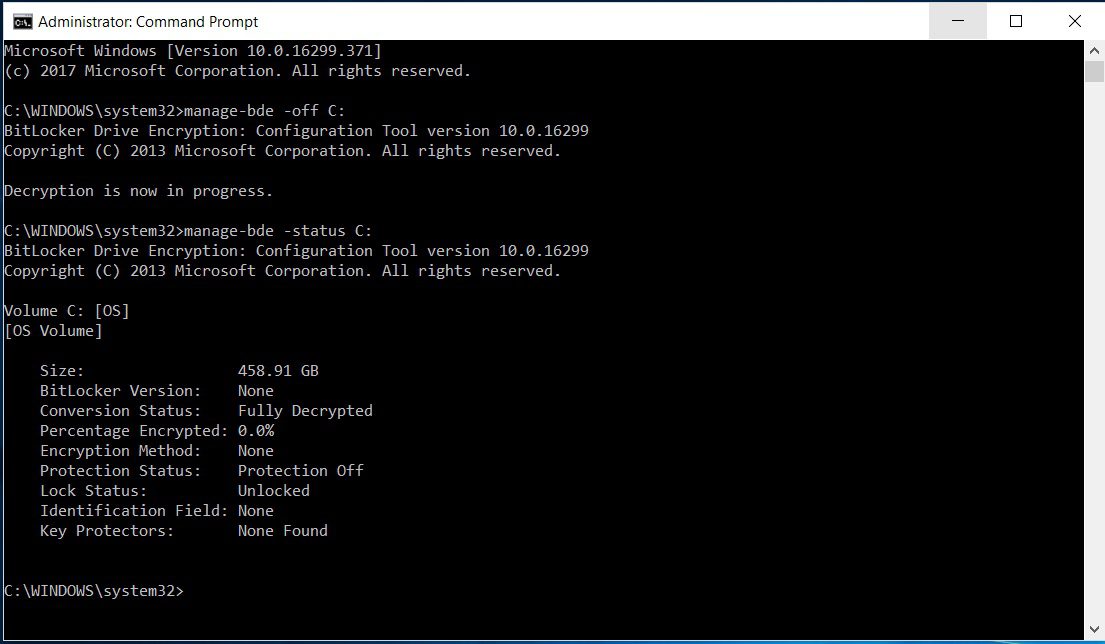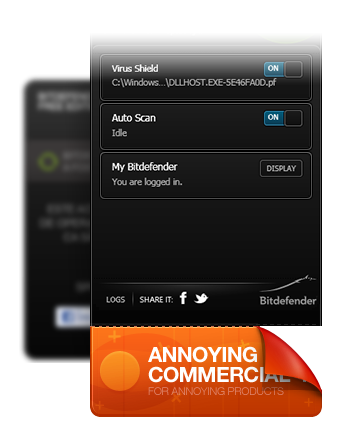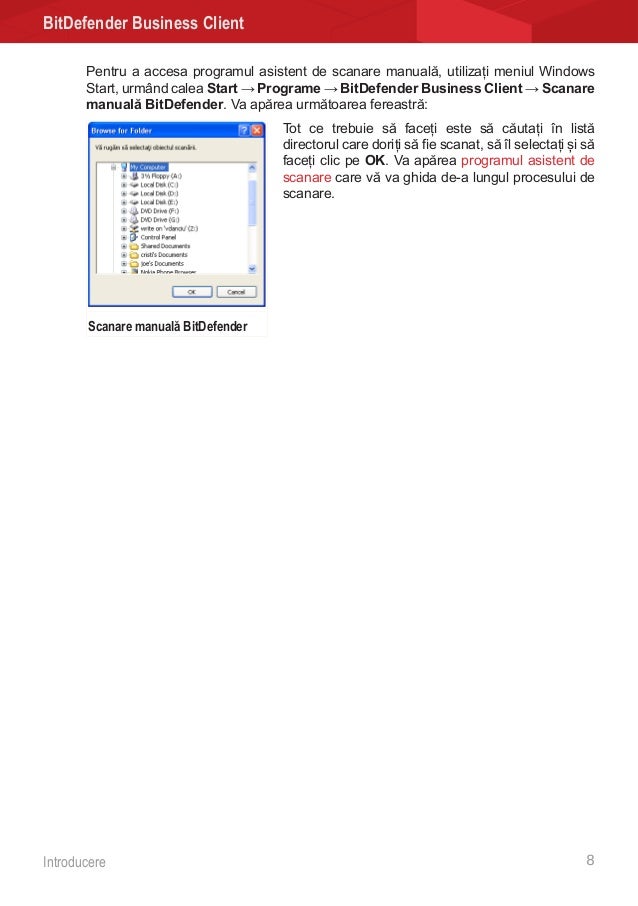

If you don't, Windows Security may turn on Windows Defender Antivirus again. Note that it is necessary to disable the Tamper Protection feature of Windows Security before you make the change. To disable Windows Defender Antivirus permanently, you need to use the Group Policy Editor or the corresponding Registry setting. Disable Windows Defender Antivirus using the Group Policy Editor Tip: you may disable other protective modules such as cloud-delivered protection, automatic sample submission or tamper protection here.

You can turn off this setting for a short time before it turns back on automatically. Locates and stops malware from installing or running on your device. Microsoft reminds you on the page that the turning off is temporary:


Accept the UAC prompt that is displayed when you make the change.Select Manage Settings under Virus & threat protection settings on the page that opened.This opens the Windows Security application. On the page that opens, select Virus & Threat protection from the list of protection areas.Select Windows Security on the page that opens.Select Privacy & Security from the menu on the left.Select Start and Settings or use the keyboard shortcut Windows -I to open the Settings application.Step 1: Open Windows Security in the Settings application Sometimes, it may be sufficient to turn of the feature for a short period of time to work around issues that are experienced. Real-Time Protection can be turned off temporarily there, while all other protective modules can be turned off permanently. Windows Security has options to turn off certain security modules, including Real-Time Protection, in the Settings application. Enable or Disable Real-Time Protection in Windows 11 Reasons for wanting to do so include high resource use, Windows Defender Antivirus causing other issues on the system, no requirement for an antivirus solution, e.g., while using a virtual machine image of Windows 11, or simply because of wanting to decide what is running on the computer and what is not. Some may want to turn off Microsoft Defender Antivirus temporarily or permanently, even if no other solution is installed. Most Windows 11 users may want to keep Microsoft Defender Antivirus enabled if no other security solution is installed. Most third-party antivirus solutions that support Windows 11 are recognized, but there may be the odd solution that is not.


 0 kommentar(er)
0 kommentar(er)
